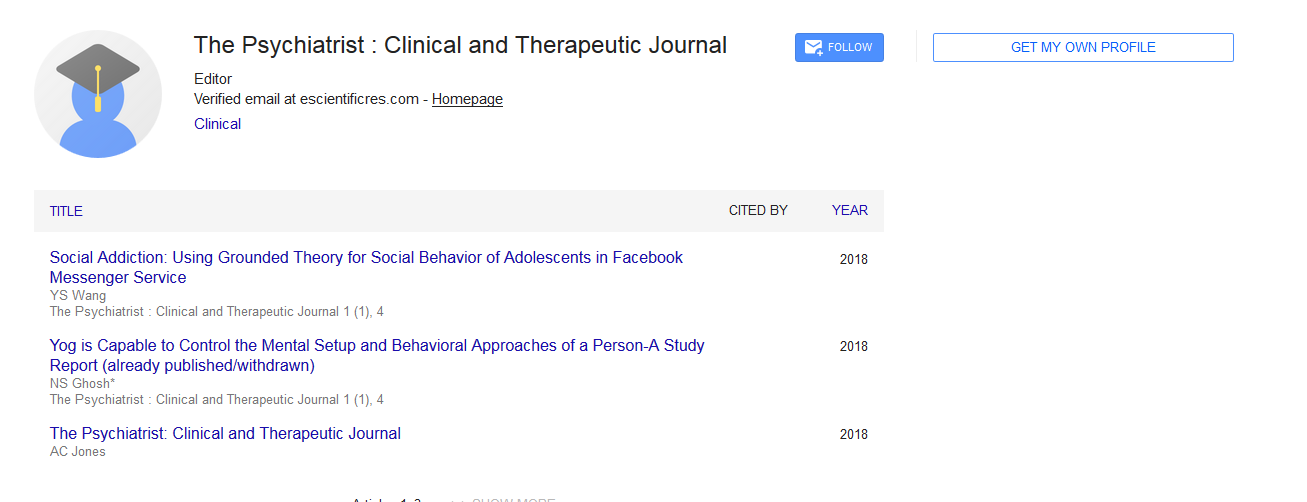Low-dose naltrexone in a treating fibromyalgia and major depressive disorder
*Corresponding Author:
Copyright: © 2020 . This is an open-access article distributed under the terms of the Creative Commons Attribution License, which permits unrestricted use, distribution, and reproduction in any medium, provided the original author and source are credited.
Abstract
Low-dose naltrexone (LDN) can modulate CNS microglial cells and is being used as an experimental treatment to reduce inflammatory autoimmune processes in a number of diseases, including fibromyalgia. Additionally, LDN has been shown to demonstrate antidepressant effects by enhancing dopaminergic signaling. This mechanism suggests LDN as a possible concurrent treatment of both fibromyalgia and associated major depressive disorder. Fibromyalgia is considered a chronic disorder of central nervous system pain regulation. It is an inflammatory rheumatic disease that presents as widespread musculoskeletal pain and stiffness. Fibromyalgia does not have clear pathogenesis and consequently does not have a targeted treatment. Chronic pain and major depressive disorder are often diagnosed simultaneously; 40-60% of chronic pain patients also have depression and require concurrent treatment. There is no direct cause-andeffect relationship between chronic pain and depression; however, two illness share many biochemical, physical and cognitive symptoms. J.B. is a 32-year-old Caucasian female with a past psychiatric history of major depressive disorder, generalized anxiety disorder and panic attacks and medical history of fibromyalgia diagnosed in 2010. Patient has recurring depressive episodes with multiple etiologies including problems with her family and work and postpartum. However, many of the depressive episodes concurred with painful symptoms of her fibromyalgia and dictated by the pain level.Patien ,fibromyalgia and major depressive disorder did not respond to duloxetine. There was significant symptomatic relief of both chronic pain and depression with the initiation of 6mg naltrexone. The patient reported improvements in mood, energy, and concentration from suboptimal level. We discuss the indications of this case and the future possibility of using LDN as a treatment option for patients with concurrent fibromyalgia and major depressive disorder.

